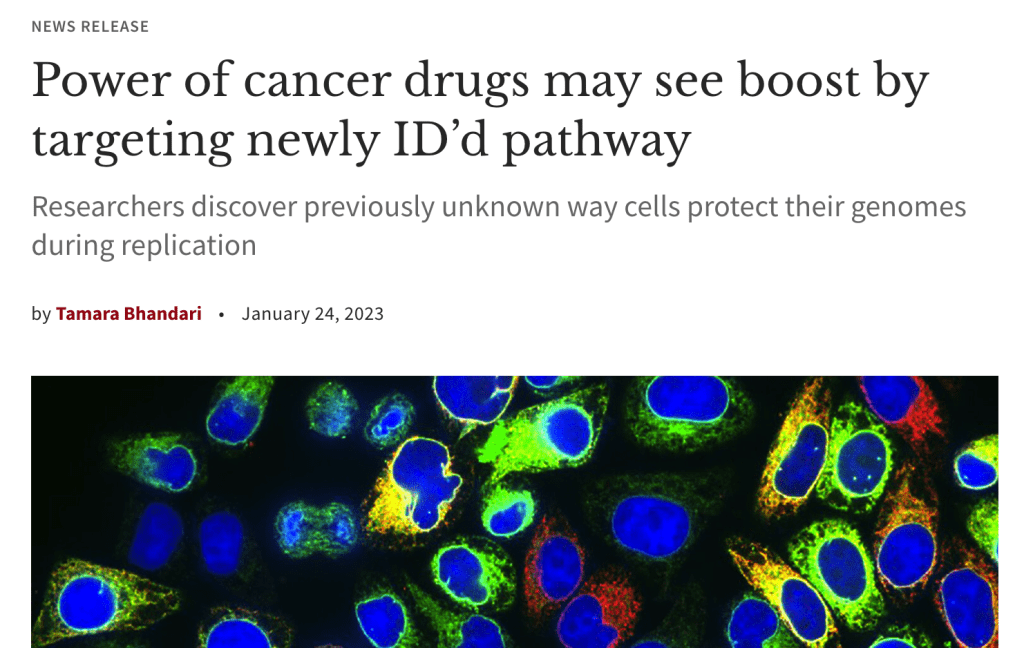
DNA and RNA Surveillance Systems:
Relations to Cancer
The DNA and RNA surveillance systems in cells plays a pivotal role in ensuring the faithful transmission and expression of genetic information, a cornerstone for the survival and well-being of all living organisms. These systems guard against external and internal insults on the genome and transcriptome by repairing damaged DNA structures or by eliminating faulty RNA molecules. Defects in these systems can alter the functions of the cell and cause many human diseases. A prominent example is cancer, which is characterized by genomic instability, aberrant gene expression and uncontrolled cell proliferation.
Our lab investigates the molecular mechanisms of the replication stress response and the DNA damage response. We are also interested in an RNA surveillance pathway called nonsense-mediated RNA decay (NMD) and its interplay with DNA surveillance mechanisms. We utilize a combination of cell biological, biochemical and imaging approaches and techniques to decipher key mechanisms of the DNA/RNA surveillance networks with the goal to improve the understanding and treatment of cancer.
